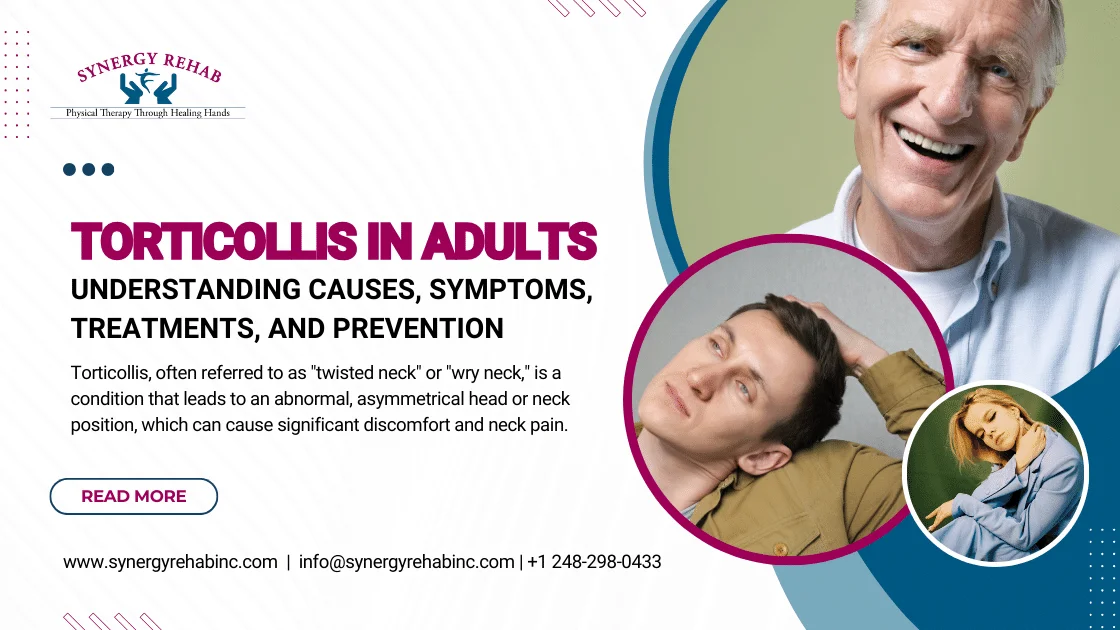
Torticollis in Adults: Causes, Symptoms, and Treatments
Torticollis, often referred to as “twisted neck” or “wry neck” is a condition that leads to an abnormal, asymmetrical head or neck position, which can cause significant discomfort and neck pain. This blog explores the symptoms, causes, treatments, and preventive measures for torticollis in adults, with a special emphasis on the role of neck pain […]


